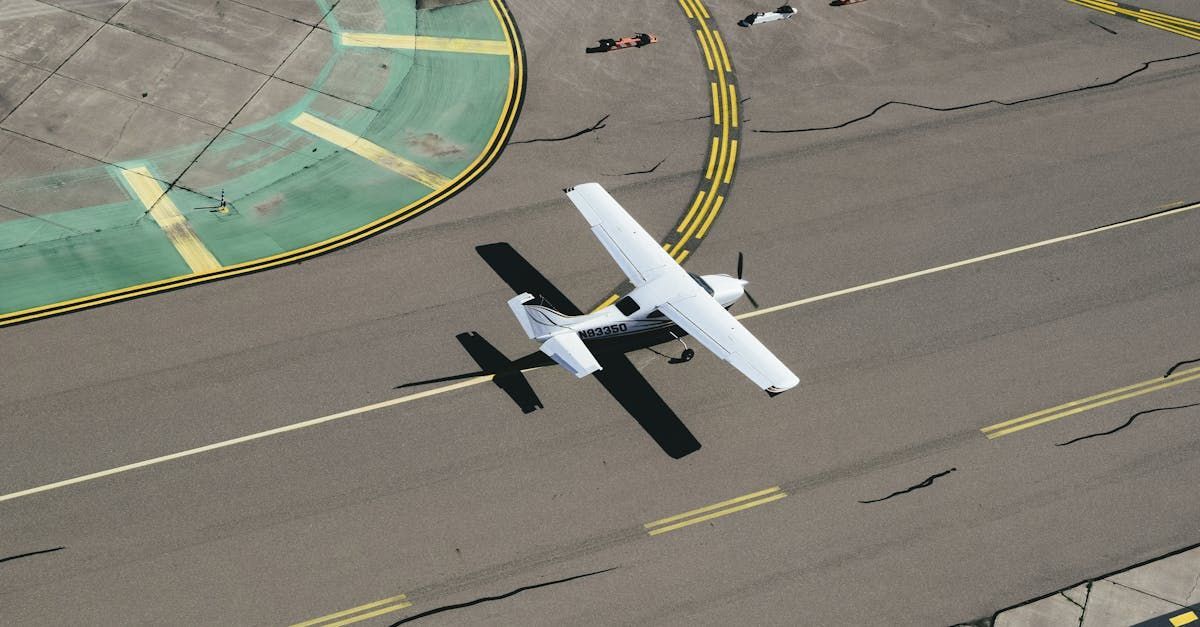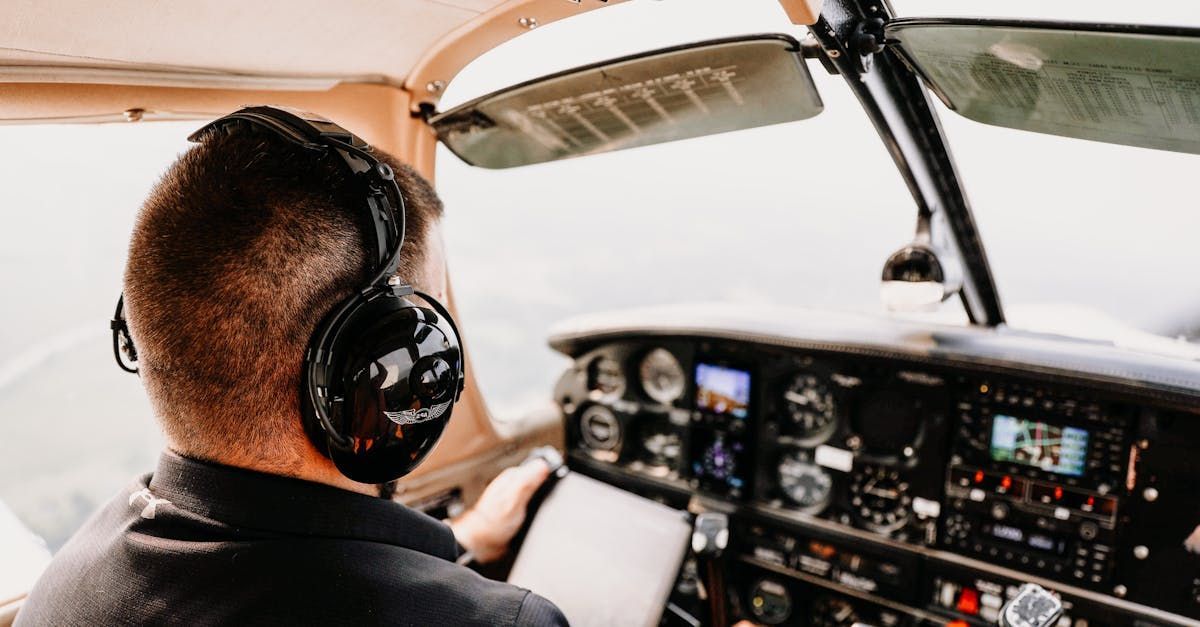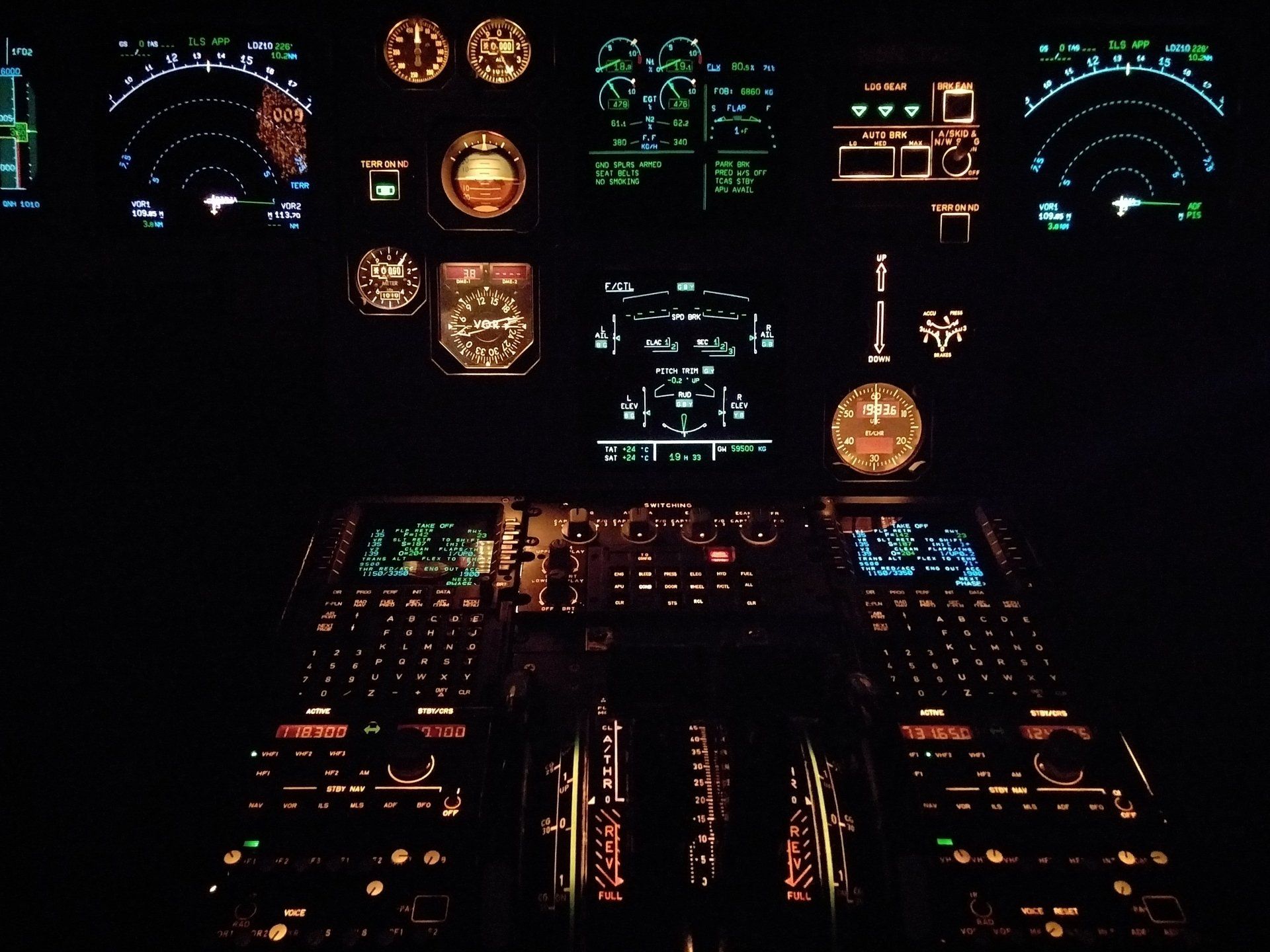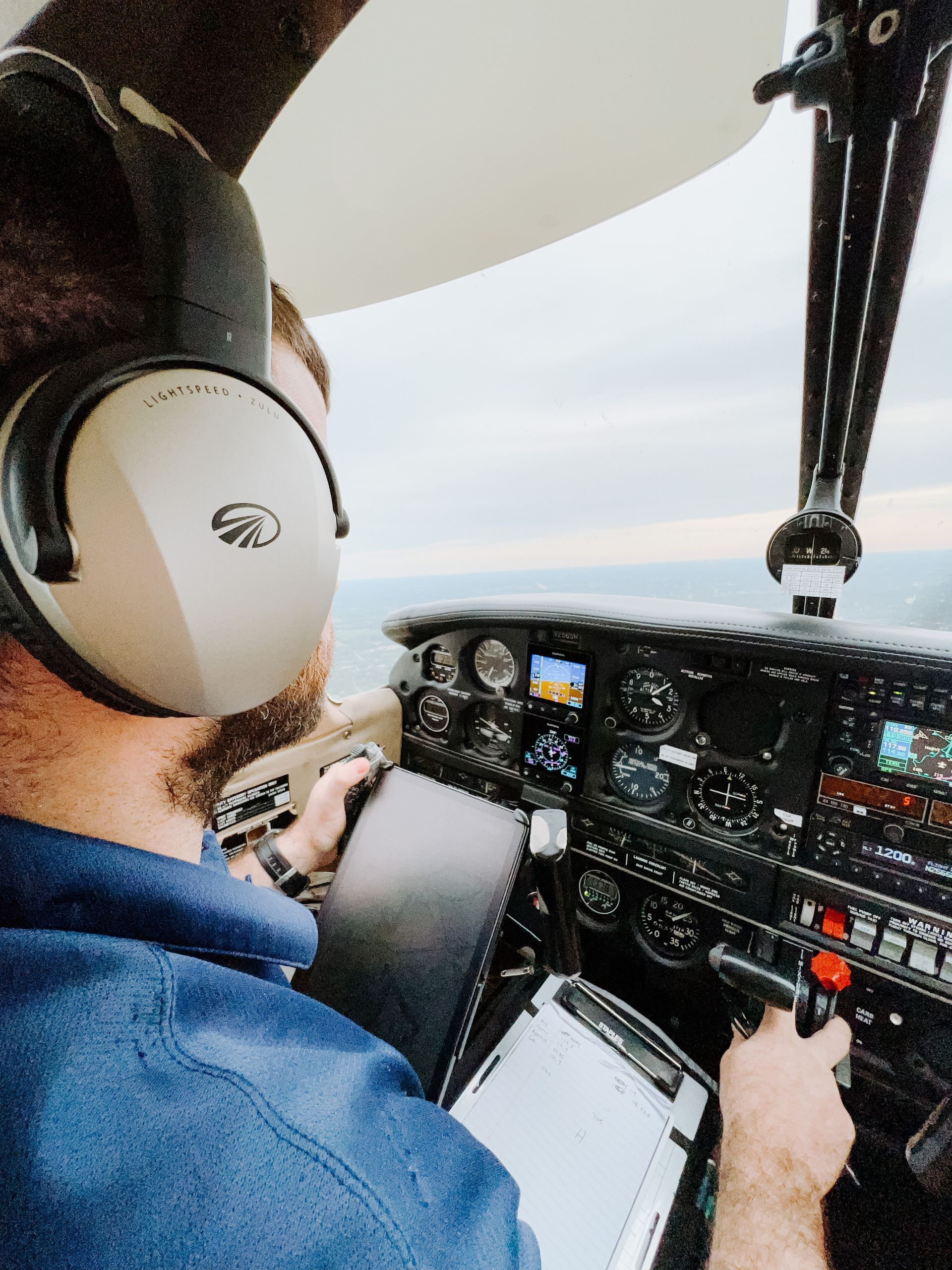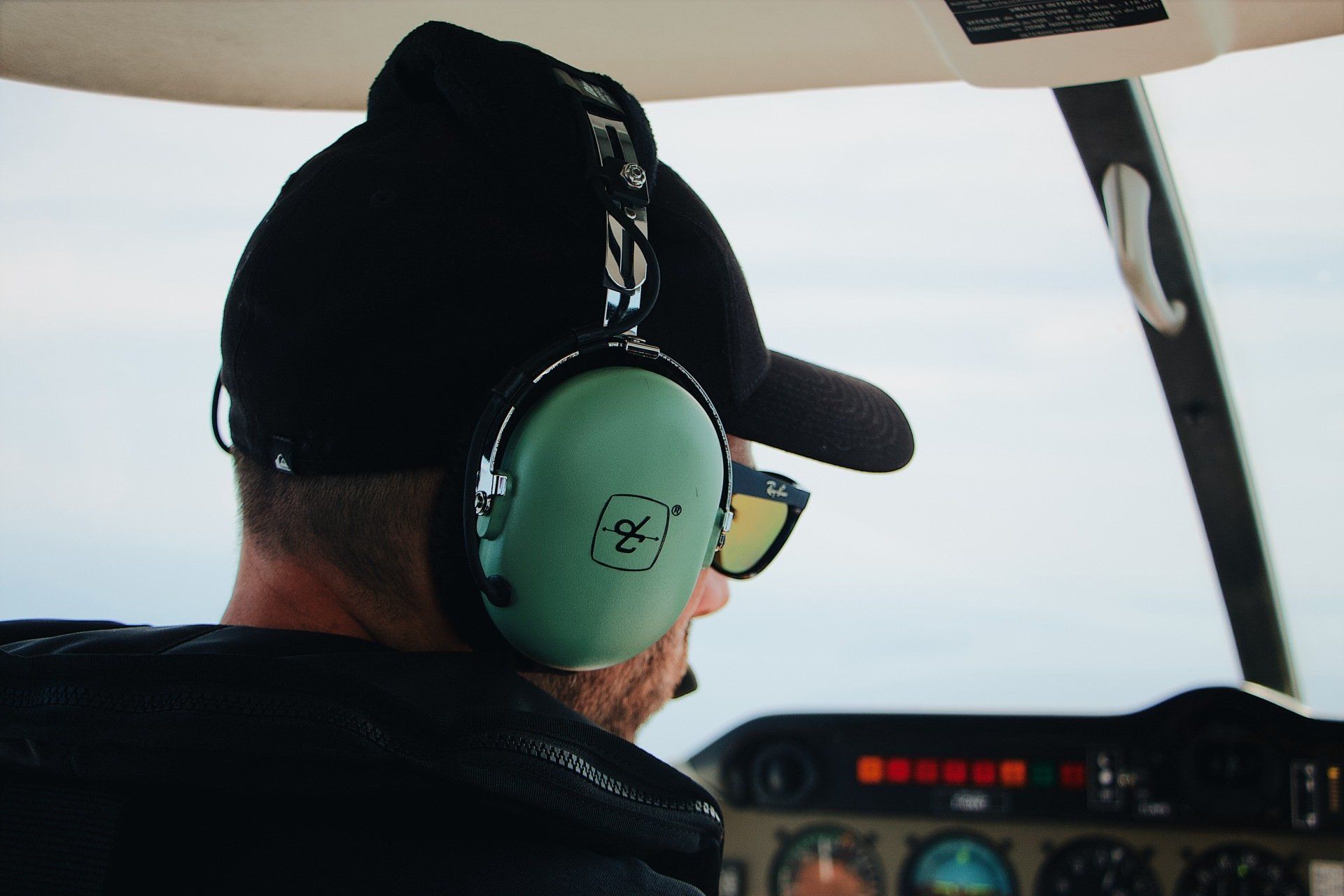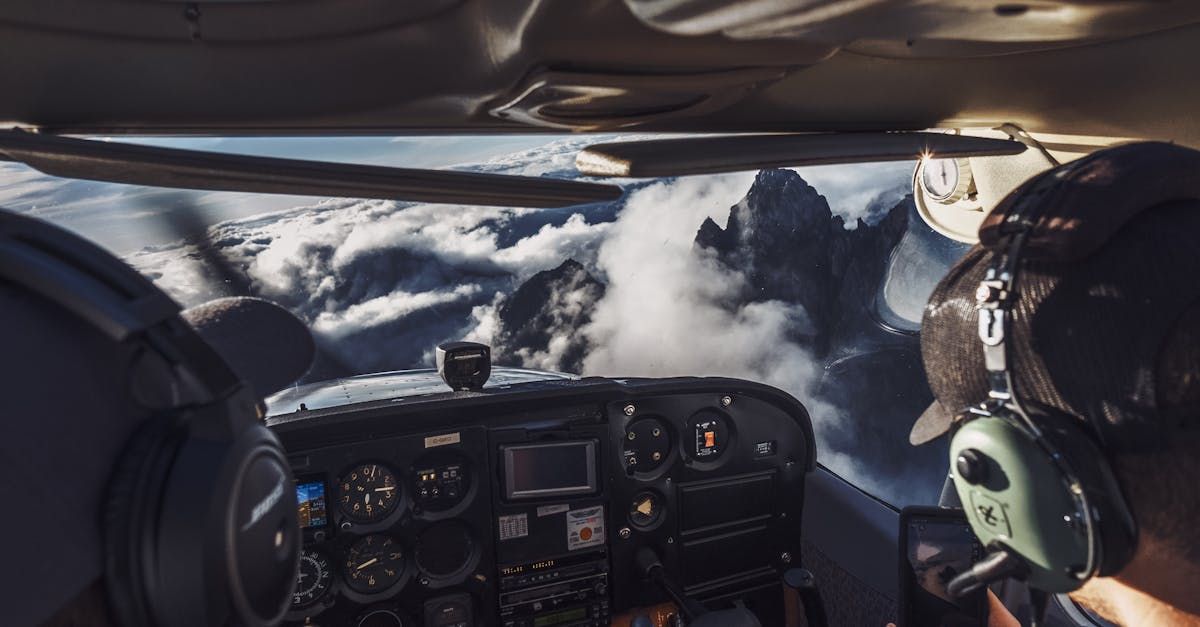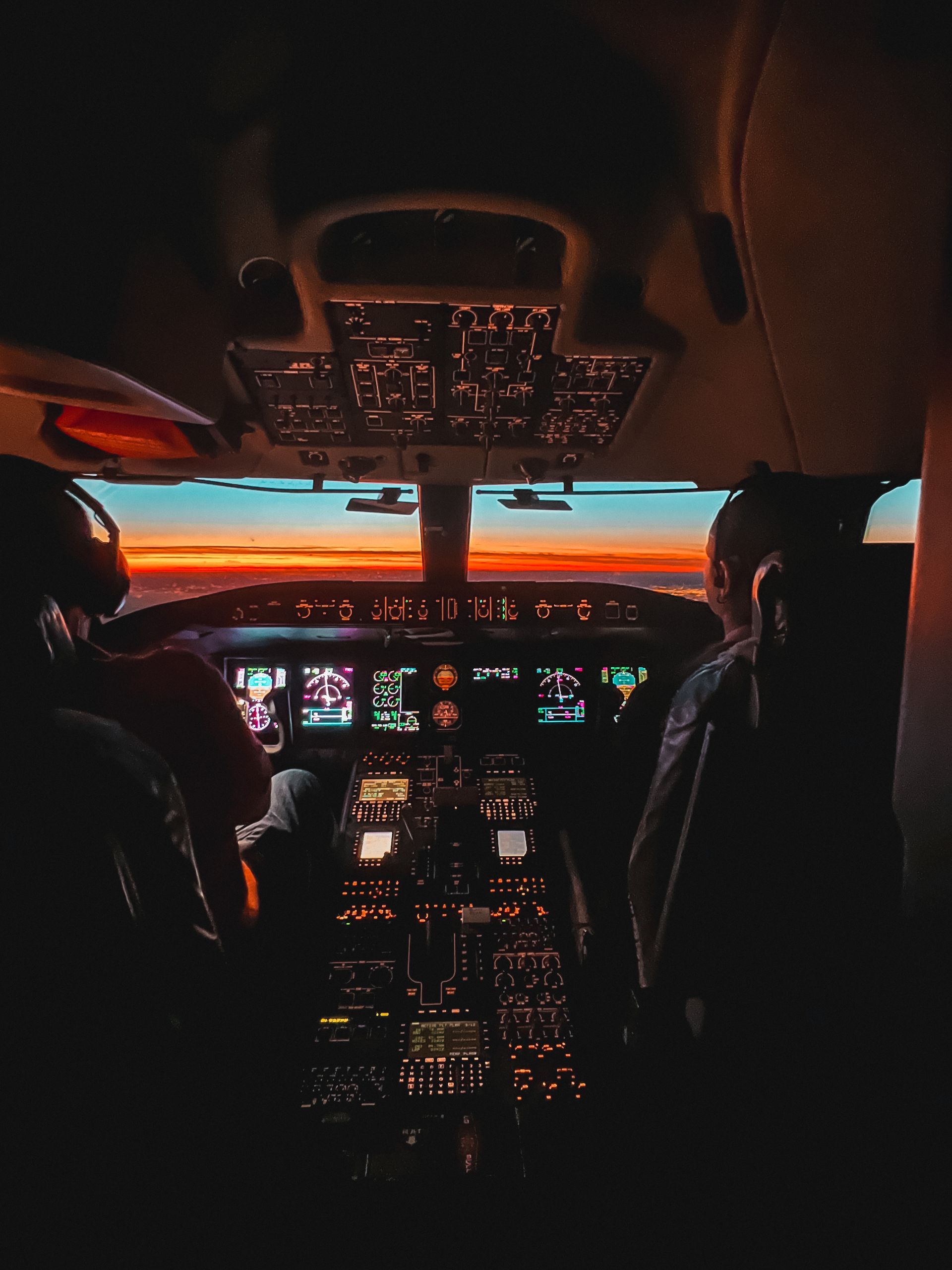The Mighty C172
The 172 is the most built airplane in history with over 45,000 built
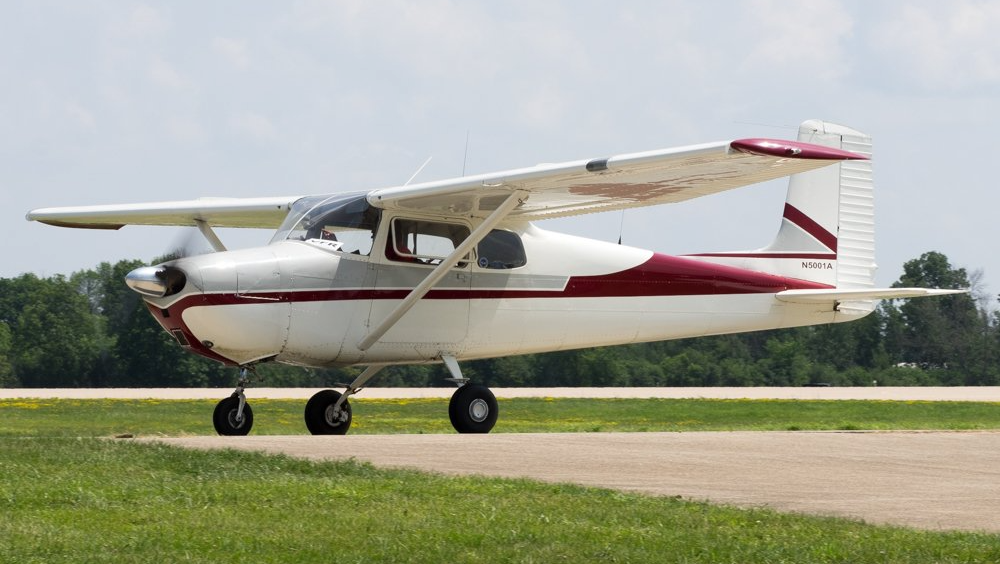
Arguably, Cessna is the most successful general-aviation company in existence. Founded by Clyde Cessna and Victor Roos in 1927 as the Cessna-Roos Aircraft Company, Roos soon dropped out and left Cessna on his own. Clyde’s fortunes flourished and he was soon heading up a successful company only to be hit with the Great Depression in 1929, forcing the doors closed until 1934 when Clyde sold the company and its plant in Witchita, Kansas to his two nephews, Dwayne and Dwight Wallace.
Dwayne was an aeronautical engineer and together with Dwight they grew the company, going from rag and tube monoplane aircraft to all-metal designs post-World War II. And one of those designs was the C172. Born in 1955 by modernising its tail-dragger sibling the C170, the tricycle undercarriage 172 has gone on to be the most produced aircraft of all time with more than 45,000 built despite a 10-year hiatus from 1986-1996. And they’re still pumping them out.
So, what’s it like? Basically, it’s a delightful aircraft to fly – easy, relaxing and workman-like. It carries a big load, goes a long way and isn’t overly thirsty. The current C172S models at DDAC are generations ahead of the 1956 model pictured, but they share the same DNA.
But that’s just me saying that, why don’t you come to the club and check out a C172 for yourself, we have two of them! Call us on 4634 2777.
Mark Barnett
DDAC Vice President


